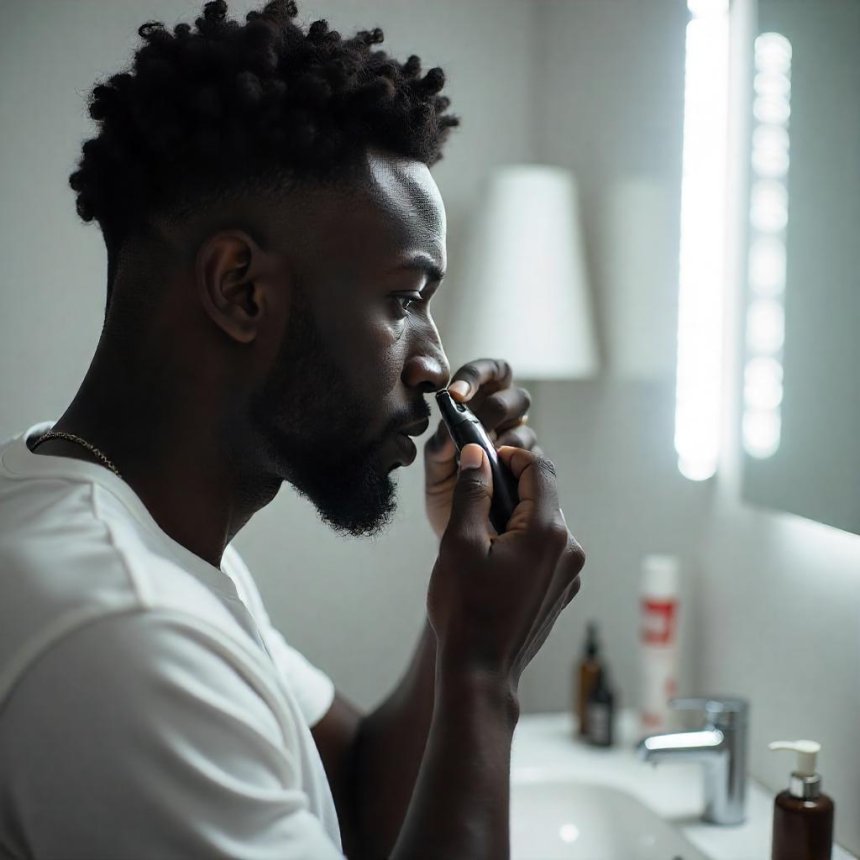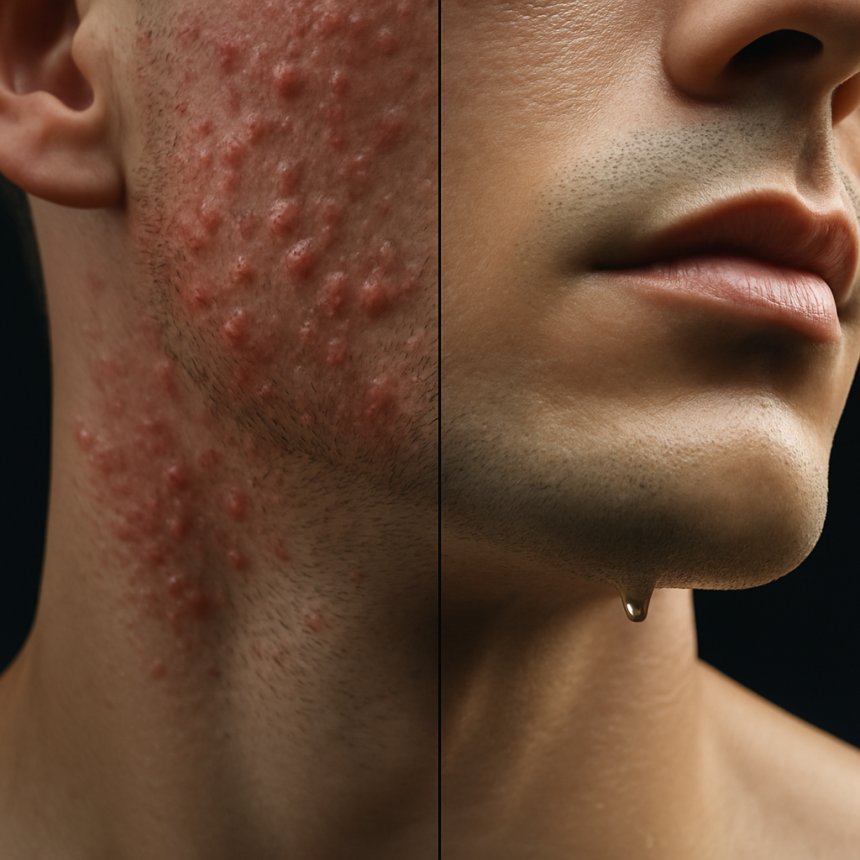The Right Way to Trim Nose & Ear Hair (Without Pain)
Learn the right way to trim nose and ear hair without pain or irritation. Discover expert-approved techniques, common mistakes to avoid, and best grooming practices.

"How to Trim Nose & Ear Hair Without Pain – Safe & Easy Grooming Tips"
Nose and ear hair may seem like minor grooming concerns, but when left unchecked, they can become unsightly and even uncomfortable. However, trimming them improperly can lead to pain, irritation, or even infections. The key is to do it safely, effectively, and without discomfort.
In this guide, you’ll learn the best techniques for trimming nose and ear hair pain-free, common mistakes to avoid, and expert-approved methods to keep your grooming routine smooth and hassle-free.
Why You Should Trim Nose & Ear Hair
While nose and ear hair serve a purpose (filtering dust and debris), excessive growth can be bothersome. Here’s why trimming them matters:
- Improved Appearance – Overgrown hair can look unkempt.
- Better Hygiene – Trapped bacteria and debris can cause odors or infections.
- Comfort – Long nose hairs can tickle or trigger sneezing.
However, never pluck these hairs—trimming is the safest approach.
How to Trim Nose Hair (Pain-Free)
1. Choose the Right Tool
- Scissors with rounded tips – Best for precision.
- Electric nose trimmers – Designed for safety and ease.
- Avoid regular razors or tweezers – These can cause cuts or ingrown hairs.
2. Prepare the Area
- Clean your nose with a damp cloth to remove debris.
- Ensure good lighting and a steady hand (use a mirror).
3. Trim Carefully
- Insert the trimmer or scissors only slightly into the nostril.
- Trim only the visible hairs—never go too deep.
- Use slow, gentle motions to avoid irritation.
4. Post-Trim Care
- Rinse your nose with water to remove loose hairs.
- Apply a light moisturizer if needed (avoid alcohol-based products).
How to Trim Ear Hair (Without Pain or Irritation)
1. Use a Safe Tool
- Small grooming scissors – For precise trimming.
- Rotary ear trimmers – Minimize risk of cuts.
2. Clean & Dry Your Ears First
- Wipe the outer ear with a damp cloth.
- Avoid inserting anything into the ear canal.
3. Trim Strategically
- Focus on outer ear hair (never inside the ear canal).
- Trim in natural light for accuracy.
- Use short, controlled snips to avoid pulling.
4. Avoid Common Mistakes
- Don’t shave – Razors can cause nicks.
- Don’t over-trim – Leave some hair for natural protection.
Best Practices for Pain-Free Trimming
✔ Trim when hair is dry – Wet hair can clump and make cutting uneven.
✔ Sanitize tools before use – Prevents bacterial infections.
✔ Don’t rush – Slow, deliberate cuts reduce mistakes.
✔ Maintain a routine – Trim every 2-3 weeks to avoid overgrowth.
When to See a Professional
If you experience:
- Excessive hair growth (could indicate hormonal issues).
- Pain, redness, or infection after trimming.
- Difficulty reaching certain areas safely.
A dermatologist or barber can help without risking injury.
Final Thoughts
Trimming nose and ear hair doesn’t have to be painful or complicated. With the right tools, technique, and patience, you can maintain a neat appearance without irritation. Remember: gentle trimming beats plucking or shaving for long-term comfort and safety.
By following these steps, you’ll keep unwanted hair in check—pain-free and with confidence!
Share
What's Your Reaction?
 Like
0
Like
0
 Dislike
0
Dislike
0
 Love
0
Love
0
 Funny
0
Funny
0
 Angry
0
Angry
0
 Sad
0
Sad
0
 Wow
0
Wow
0














